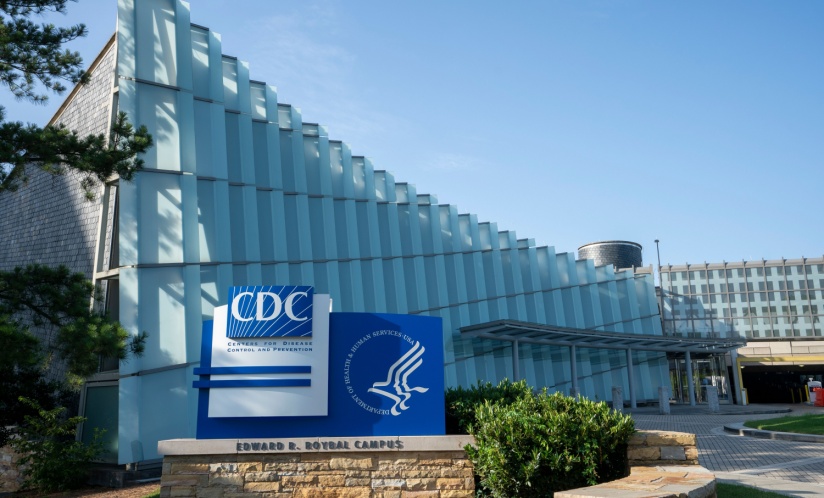Federal Public Health Response Services are More Important Than Ever

As the U.S. and the world face infectious disease threats, chronic disease burdens, and growing health misinformation, we need public health expertise now more than ever.
Since the late 1800s, the U.S. has strengthened our federal public health expertise with the U.S. Public Health Service (USPHS) Commissioned Corps—a uniformed service that places scientific and health professionals in agencies across the country. For over 200 years USPHS officers have worked to protect Americans’ health and safety during disease outbreaks and natural disasters, from Hurricane Katrina to COVID-19.
Many times, Commissioned Corps members are also Epidemic Intelligence Service (EIS) officers. Often nicknamed “disease detectives,” EIS officers work with the Centers for Disease Control and Prevention (CDC) to serve on the frontlines of public health. They respond to outbreaks worldwide, conducting investigations and rapidly containing disease.
Since the inception of the EIS, officers have responded to major health threats like:
- Helping to eradicate smallpox worldwide
- Investigating SARS, swine flu, and bird flu outbreaks
- Discovering the root cause of diseases like HIV/AIDS
- Supporting responses to mpox, Zika, Ebola, and COVID-19
Both the USPHS and EIS draw public health experts from across disciplines, including Rollins School of Public Health faculty.
Sarita Shah, MD
Shah, professor of epidemiology, served in the USPHS while an EIS officer from 2004 to 2006. She recounts that one of her most memorable assignments was investigating an increase in childhood tuberculosis cases in Maricopa County, Arizona.
“We were a group of doctors, nurses, health communication experts, a doctoral student in training, and several public health field staff who together reviewed the data and prepared case investigation forms that were tailored to the local context,” she says. “We worked long hours during the heat of August in Phoenix (over 15 hours and over 100 degrees Fahrenheit most days), but we managed to keep our cool to get the work done.
“It was my first experience working with and leading a large, multidisciplinary team. This assignment provided invaluable experience that was foundational for future work as a public health collaborator and leader.”
Patrick Sullivan, DVM
Sullivan, professor of epidemiology, was an EIS officer in the mid-1990s. In 1995, he was deployed to Zaire (now the Democratic Republic of the Congo) to work on an Ebola outbreak.
“I was working on a surveillance system to identify where Ebola might persist in the environment between outbreaks and doing a lot of work out in the areas surrounding the town to understand where viral reservoirs might be,” he says.
Sullivan also worked on HIV response in New York City while an EIS supervisor.
“That work ended up documenting that there were substantial numbers of global HIV variants in the United States and prompted changes to requirements for the manufacturers of HIV screening tests used to keep the blood supply safe.”